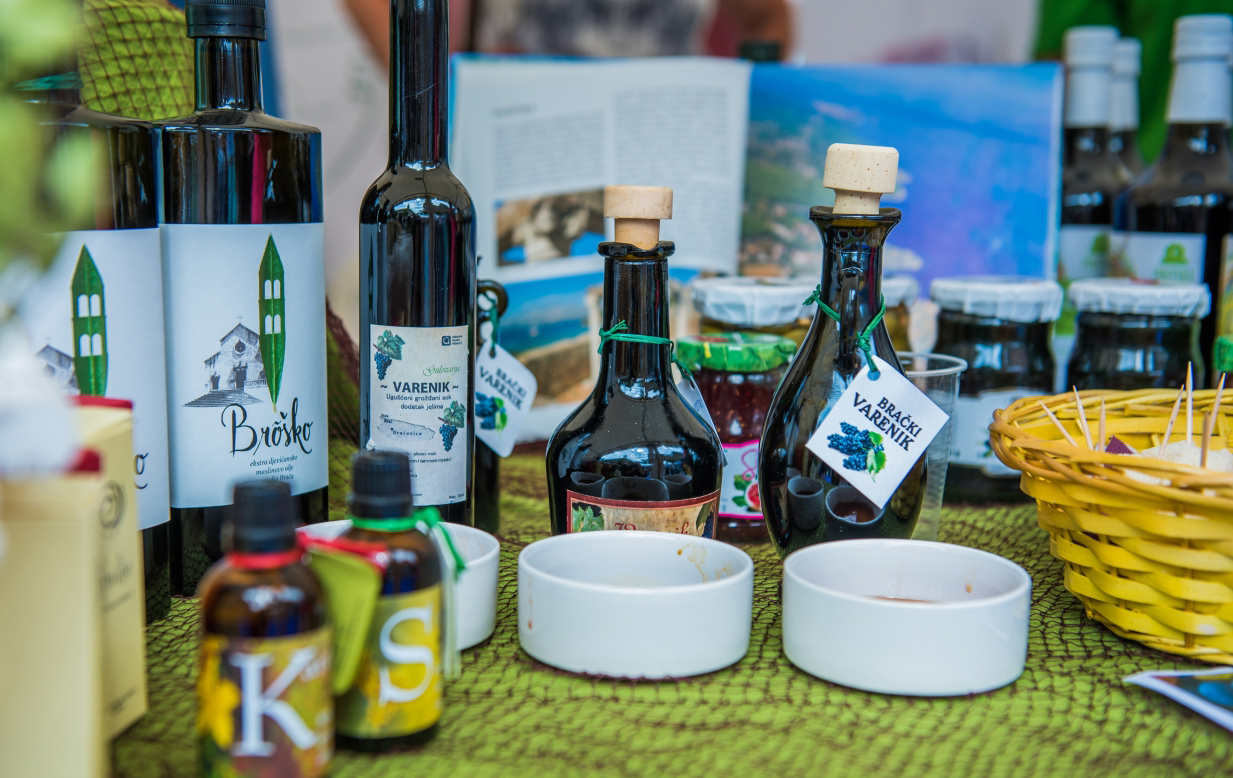Croatia’s co-op movement, which faces serious barriers to development and represents a tiny proportion of the national economy, is at a crossroads, with one expert warning it faces “extinction”.
Others are more optimistic – but, with 1,218 co-operatives and 20,483 members, the sector has a total turnover of €217m, a mere 0.5% of the country’s GDP of €46bn.
Economist Sonja Novkovic warns drastic changes are needed if the movement is to survive. But co-op practitioner Ilda Stanojević takes a more positive view, pointing to a shift in attitudes among younger people.
The movement’s history on the Croatian territory dates to 1862, when the first co-operative was set up in Pitomača, in the north east, to promote crafts trade and enable members with a surplus to deposit their money and lend it to other members.
Today, co-ops operate in fishing, trade, tourism and crafts – but more than 40% are in agriculture.
There are positive signs, with the 2008 financial crisis sparking greater interest in the model, particularly in sectors where unemployment was high. A media co-operative is currently printing the Croatian version of the monthly newspaper Le Monde Diplomatique, for example. The Croatia Centre for Co-op Entrepreneurship, a public institution financed by the state, is also working to develop a co-op label for co-operative products to help strengthen their identity.
But there are still serious challenges – not least of which is a prohibitive legal environment, says Sonja Novkovic, professor at the department of economics at Saint Mary’s University in Canada.
She co-wrote a research paper on co-operative development in the country, which was presented at the International Summit of Co-operatives in Quebec in 2014.
Co-operatives need seven founding members, each of whom have to pay a membership fee of USD $200. By contrast, associations need to have only three members and they do not have fees set by law.

“This fee is prohibitive for small co-ops, or consumer co-ops,” says Prof Novkovic. “Therefore, consumer co-ops are not developing in Croatia.
“Most people do not understand the difference between an association and a co-operative, or opt to form associations because it is easier, less prohibitive, and allows access to European and government funds aimed for non-profits. Co-operatives do not qualify for these funds because they are considered for-profit entities by definition.”
The law does not differentiate between employment relationships in a co-operative, which are determined by the type of co-operative.
For instance, members of consumer, agricultural or service co-ops who lose their day-to-day jobs do not qualify for unemployment benefits. But members of worker co-ops who lose their jobs if the co-op closes down can qualify for it providing they are not members of other co-ops.
The most recent co-operative law was adopted in 2011. According to Prof Novkovic, the law is consistent with the International Co-operative Alliance’s statement on co-operative identity. However, the legislation does not secure audit of co-operative governance or adherence to the principles.
Under this law there is also a mandatory reserve requirement for co-ops equal to 35% of profits, 30% of which goes to co-operative development, and 5% to an indivisible reserve fund. Upon closure of a co-operative remaining assets belong to the local community.

Co-ops are not exempt from tax on reinvested profit, therefore there is a lack of incentives for people to join them.
“Co-operatives at times also fall in the cracks between associations and small businesses,” says Prof Novkovic. “Often they are not eligible for programmes devised for one or the other organisational form, indicating that their potential is not well understood by the policy makers or the general public.”
A growing number of co-ops in recent years have been those set up by veterans, which exist across all industries, from agriculture to services. The Ministry of Veteran Affairs grants up to 150,000 Kn (€22,000) to veterans who form a co-operative.
But Prof Novkovic highlights that other co-operatives do not have the benefit of similar programmes, as they fall under the jurisdiction of the Ministry of Small Business and Entrepreneurship.
According to figures from the Croatian Co-operative Federation, in 2013 there were 1,131 co-operatives with 19,309 members. Of those, 38% are veterans’ co-operatives. Only 5% of those achieved positive financial results in 2012.
Prof Novkovic also argued that public awareness about this business form, its underlying values and its potential as a vehicle for job creation and regional development remained “doubtful”.
“Is the co-op movement in Croatia a thing of the past? I personally believe it is on its way to extinction,” she warns.
“Unless something changes dramatically, such as the law, taxation, or labour law related to co-ops, it is difficult to see why people would form co-ops to solve their problems.
“This is not to say that some co-operatives are not legitimate and functioning well – there are some examples, particularly of producer co-operatives, including some veterans’ co-ops, but a sense of a bottom-up movement, solidarity, support for co-op development, and a common interest, is simply not there.”

Co-operative expert and practitioner Ilda Stanojević is more optimistic about the movement’s future. She explains that while some people in Croatia still perceived co-ops as relics of communism, the percentage of those who did was lower than 10 years ago.
One of the challenges for the movement, she says, is that while co-ops exist within the framework of the 2011 law, all the other laws do not recognise the specificity of the business model.
She adds that some form of tax relief for co-operatives would enable the sector to thrive by encouraging more members to join. “We want tax relief in doing business between members of co-ops and co-ops,” she explains.
Another issue for the country’s co-ops is the lack of access to start-up capital. Co-ops have difficulty obtaining loans from banks, with members having to use personal assets as guarantee to access loans. And accounting is not tailored to the needs of co-ops to address the different features of the relationship between members and their co-ops.
The lack of awareness about the model is another barrier according to Ms Stanojević. She says: “We have to begin to educate pupils about co-ops in primary school. When they are learning about the economy they don’t learn about co-ops.”
However, co-ops are emerging in primary and secondary schools across the country. The models are used to teach children to produce and sell jams, ceramics or jewellery. And last year co-operatives got together to showcase their products at a Co-op festival in Zagreb.
With the sector witnessing a revival across Europe, Ms Stanojević thinks Croatia will follow providing awareness about the model is raised among the public and policy makers. “We have a future but we need to educate people.”